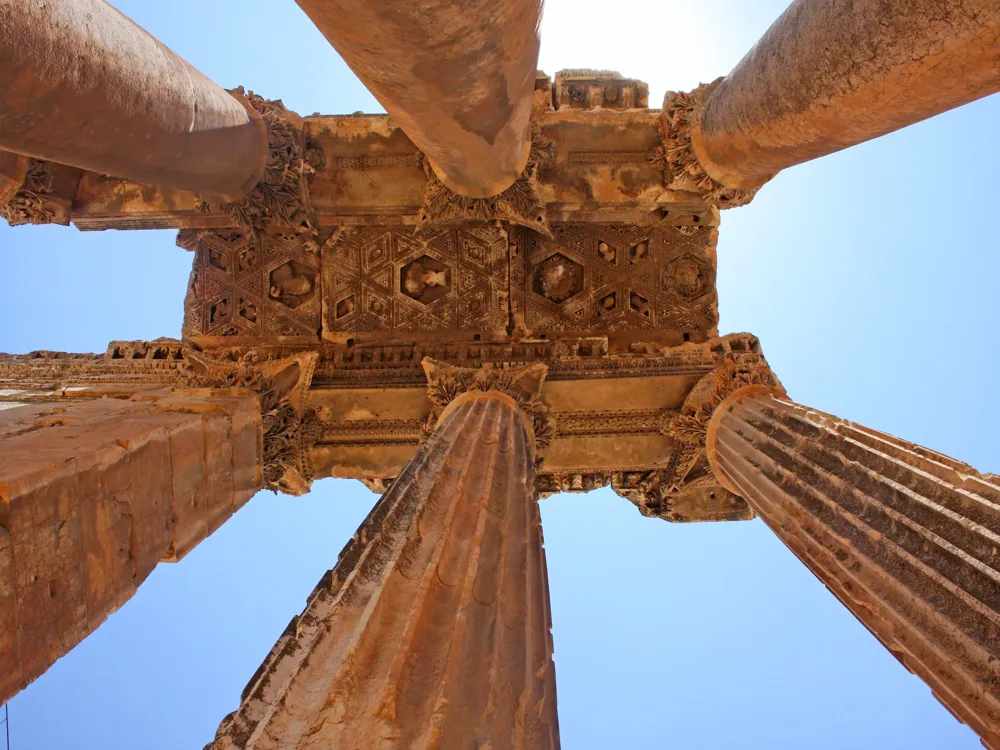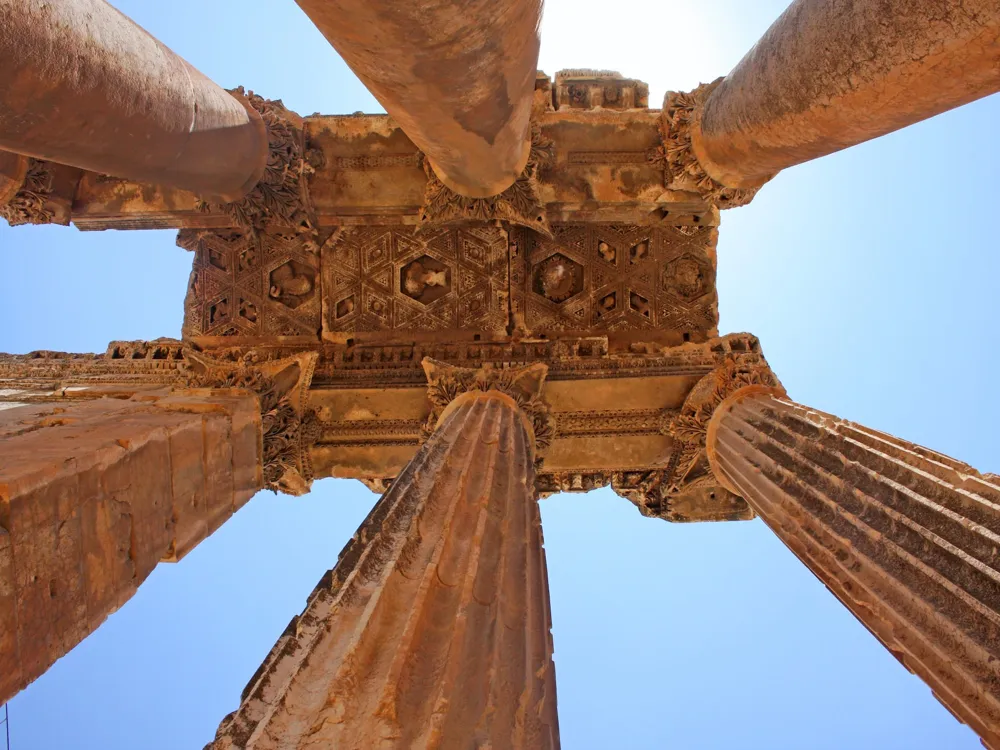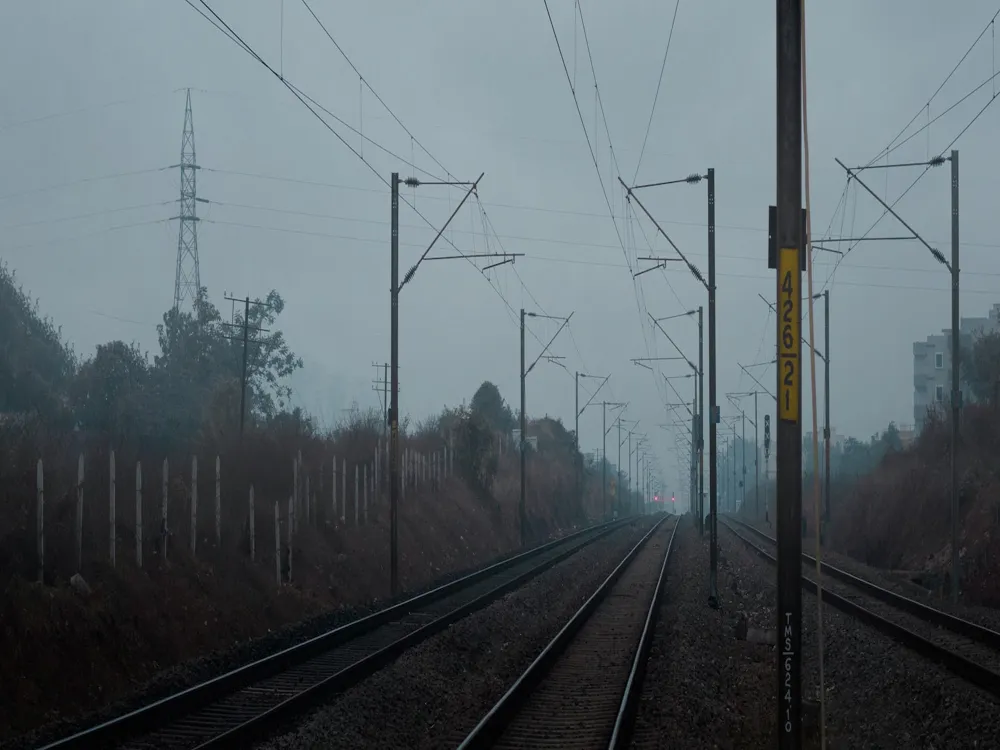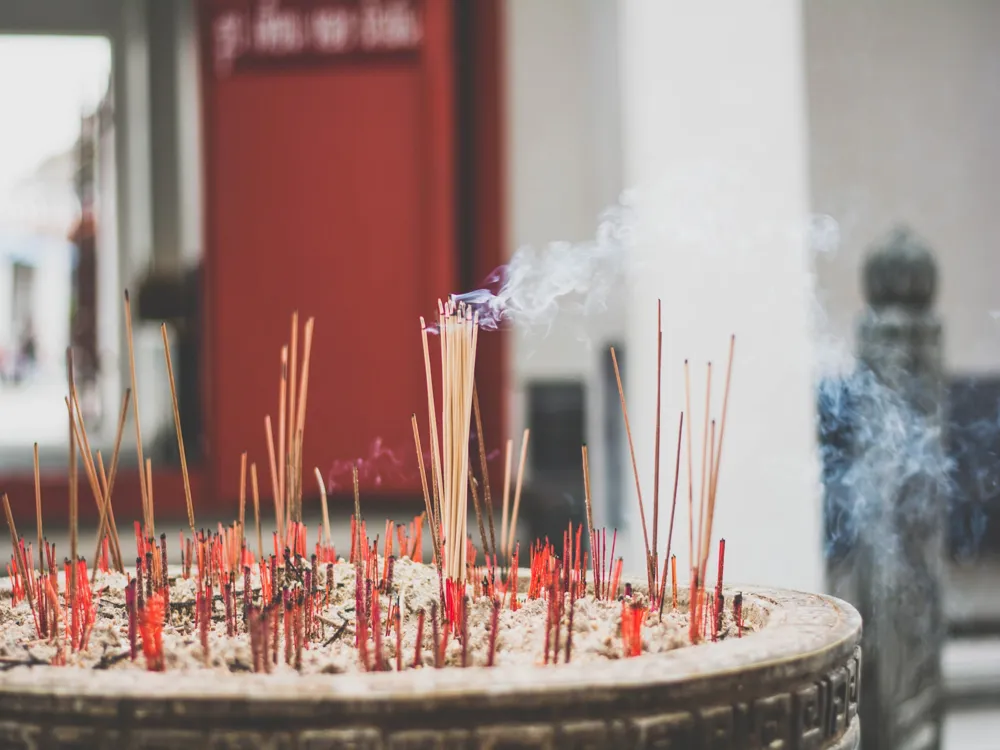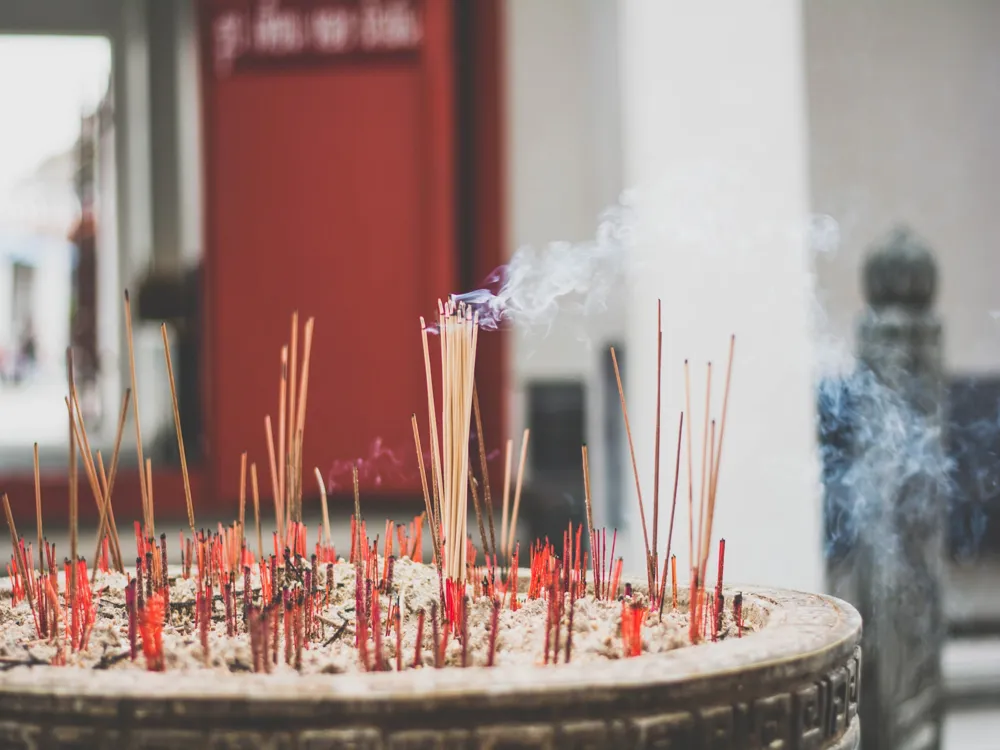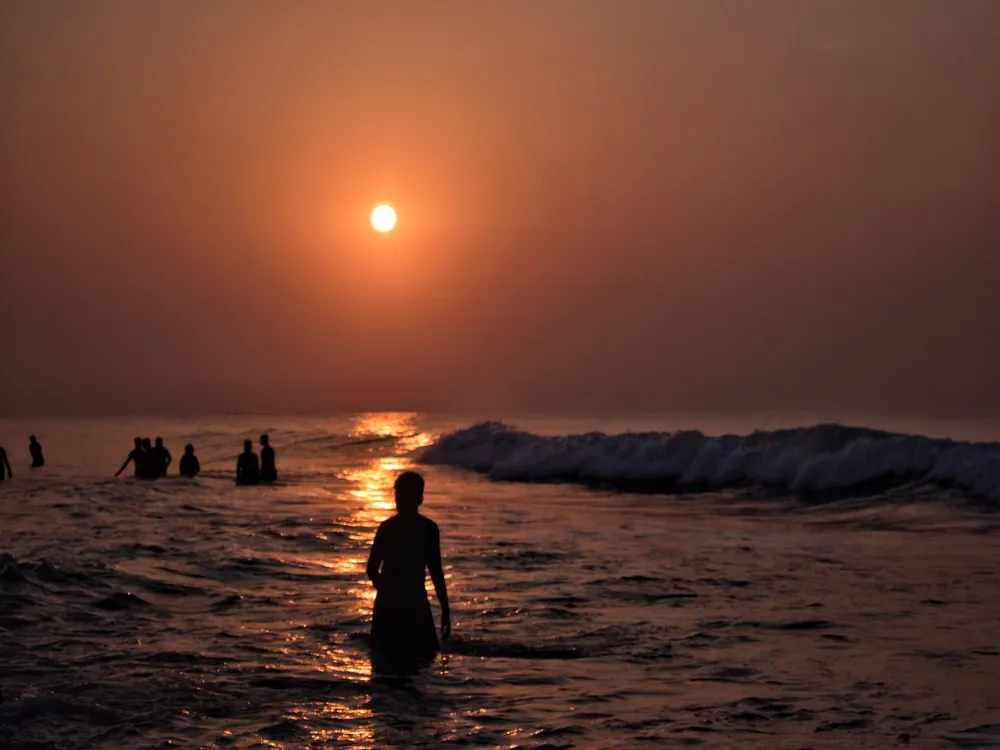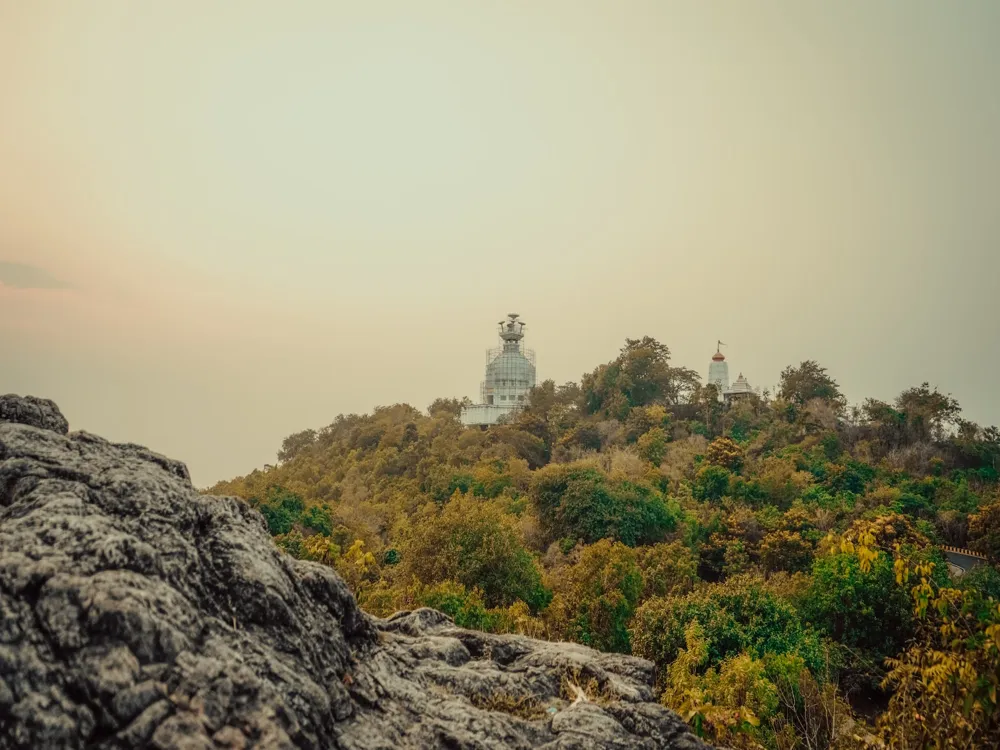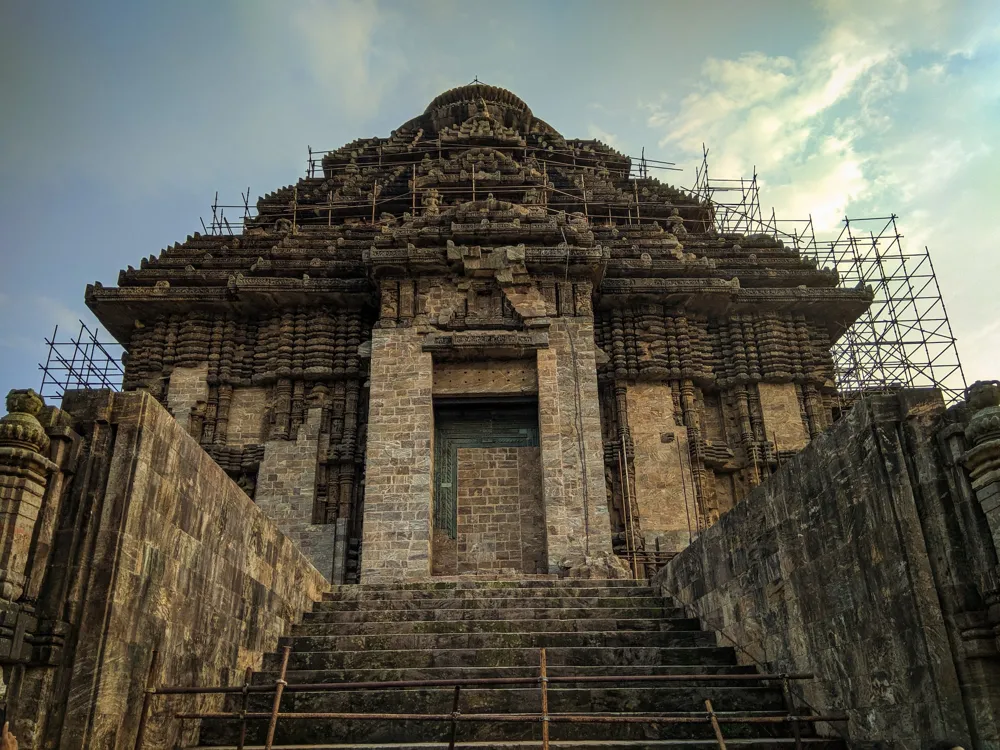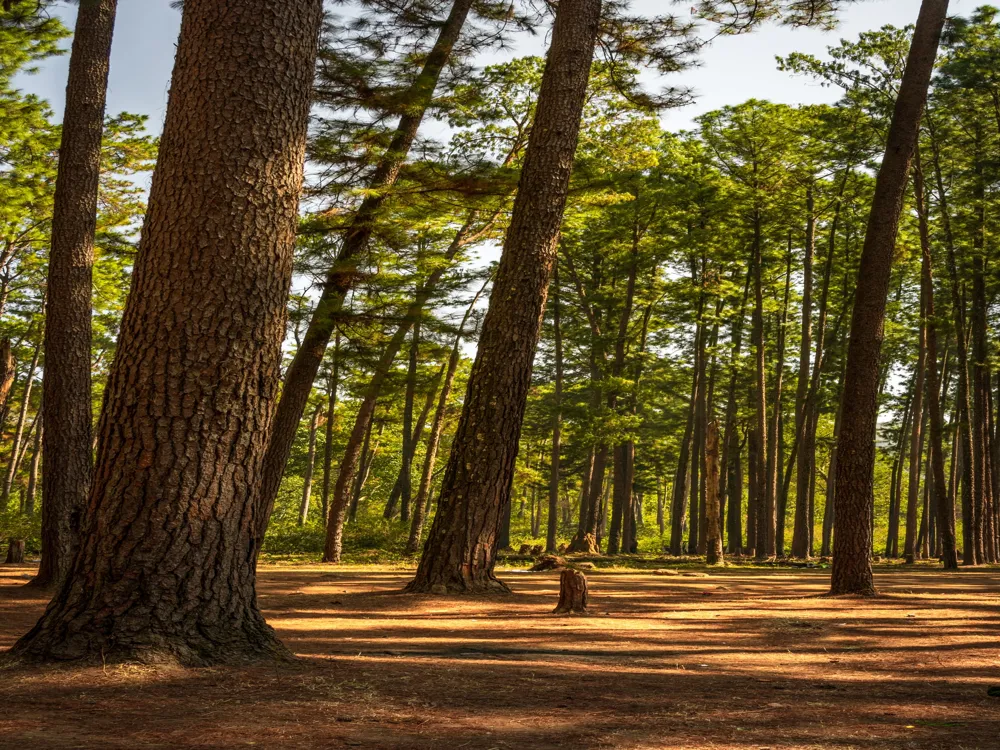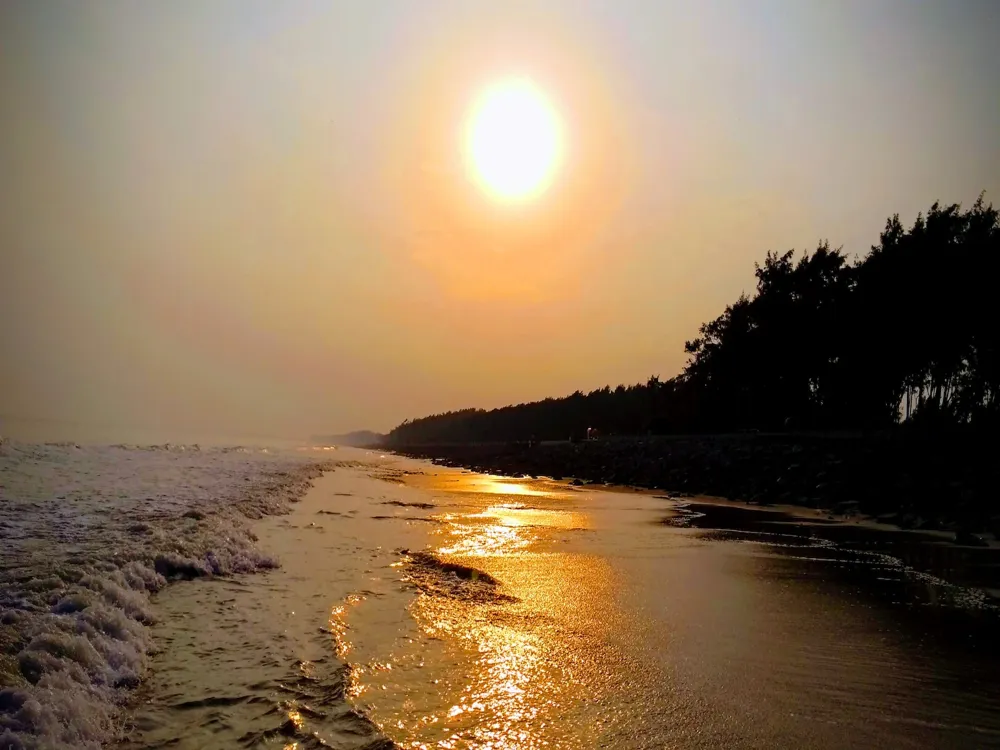Nestled in the heart of Bhubaneswar, the capital city of Odisha, the Ananta Vasudev Temple stands as a magnificent testimony to the architectural grandeur and spiritual significance of Odisha's rich history. Dedicated to Lord Krishna, an incarnation of Lord Vishnu, this temple is a prominent pilgrimage site and a jewel in the crown of Odisha's temple heritage. Built in the 13th century, the Ananta Vasudev Temple is renowned for its exquisite stone carvings, detailed sculptures, and the sacred aura that envelops its premises. The Ananta Vasudev Temple is a paragon of Kalinga architecture, a style that is unique to the ancient temples of Odisha. The temple's structure is a harmonious blend of intricate artistry and robust construction techniques of the era. The main sanctum, known as the 'Vimana', towers majestically, adorned with intricate carvings depicting various scenes from Hindu mythology. The 'Jagamohana', or the assembly hall, is equally captivating with its pyramidal roof and a plethora of sculptural embellishments. One of the most striking features of the Ananta Vasudev Temple is its exquisite stone carvings. Each carving tells a story, ranging from the playful antics of Lord Krishna to the profound teachings of the Bhagavad Gita. The temple walls are adorned with a myriad of sculptures of gods, goddesses, dancers, musicians, and mythical creatures, each crafted with an astonishing level of detail. The artisans of the time employed a variety of stone carving techniques, creating a visual feast that is both awe-inspiring and deeply moving. The temple's layout follows the classic Odishan style, with a distinct emphasis on verticality and symmetry. The 'Deul' or tower is constructed in a tiered fashion, each tier smaller than the one below, giving the impression of a mountain reaching towards the heavens. The temple's base is adorned with friezes of elephants and lions, symbolizing strength and courage, while the top features 'Amalaka', a stone disk representing the lotus of creation. Visitors to the Ananta Vasudev Temple are expected to adhere to traditional temple etiquette. This includes removing shoes before entering the temple premises, dressing modestly, and maintaining a respectful demeanor at all times. Photography inside the main temple may be restricted, so it's advisable to check with the temple authorities beforehand. The best time to visit the Ananta Vasudev Temple is during the cooler months of October to March. During this period, the weather is pleasant, making it ideal for exploring the temple and its surroundings. Additionally, the temple celebrates several festivals throughout the year, with special ceremonies and rituals, providing a unique cultural experience. The Ananta Vasudev Temple is well-connected by road and is easily accessible from different parts of Bhubaneswar. Visitors can hire taxis or auto-rickshaws from any part of the city. For those preferring public transport, buses frequently ply to the temple area. The nearest railway station is Bhubaneswar Railway Station, and the Biju Patnaik International Airport is the closest airport, both of which are well-connected to major cities across India. Read More:Ananta Vasudev Temple of Bhubaneswar, Odisha: A Timeless Heritage
The Architectural Splendor of Ananta Vasudev Temple
Tips When Visiting Ananta Vasudev Temple
Respect the Temple Etiquette
Best Time to Visit
How To Reach Ananta Vasudev Temple
Ananta Vasudev Temple
Bhubaneswar
Odisha
NaN onwards
View bhubaneswar Packages
Bhubaneswar Travel Packages
View All Packages For Bhubaneswar
Top Hotel Collections for Bhubaneswar

Private Pool

Luxury Hotels

5-Star Hotels

Pet Friendly
Top Hotels Near Bhubaneswar
Other Top Ranking Places In Bhubaneswar
View All Places To Visit In bhubaneswar
View bhubaneswar Packages
Bhubaneswar Travel Packages
View All Packages For Bhubaneswar
Top Hotel Collections for Bhubaneswar

Private Pool

Luxury Hotels

5-Star Hotels

Pet Friendly







